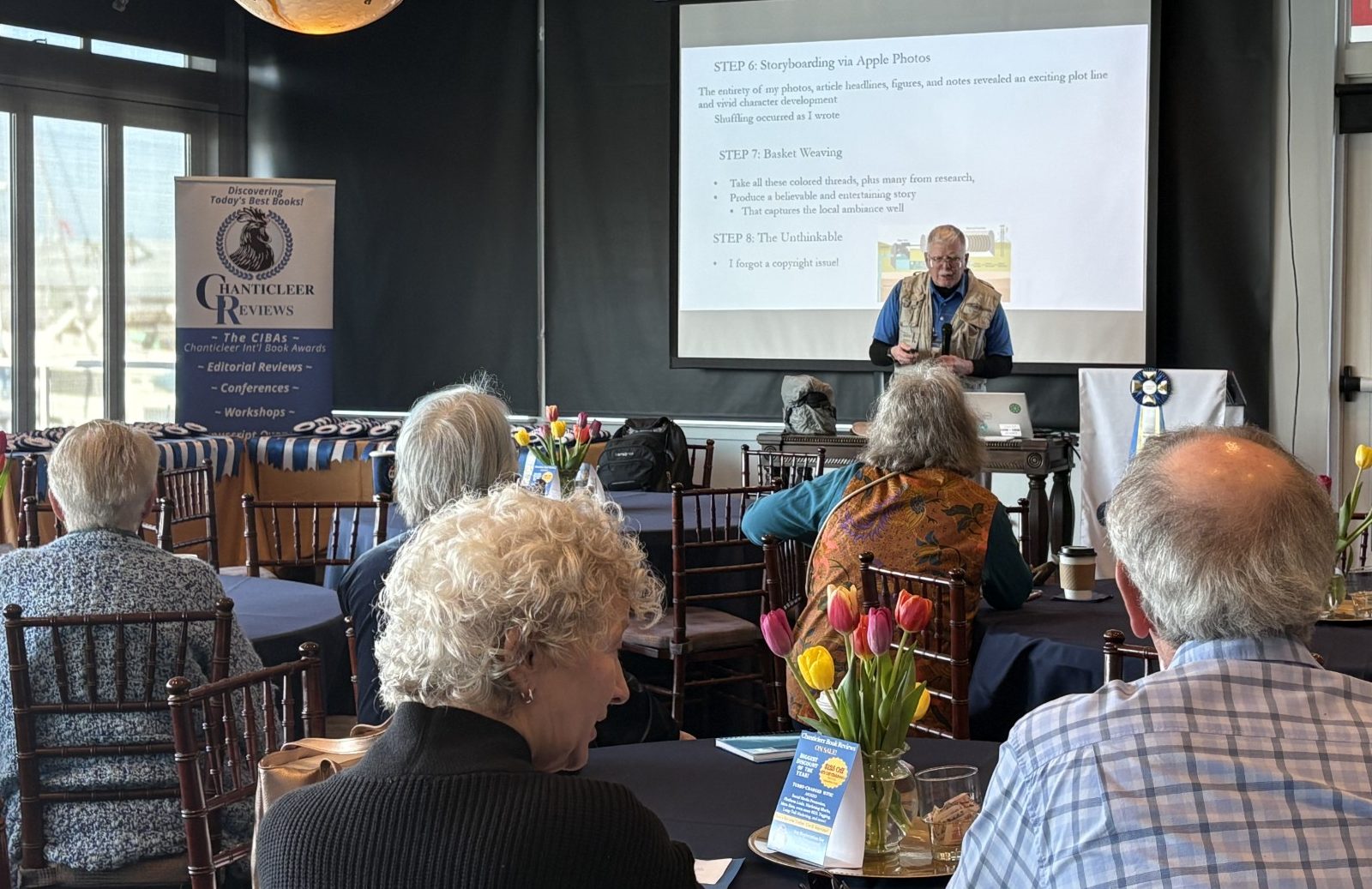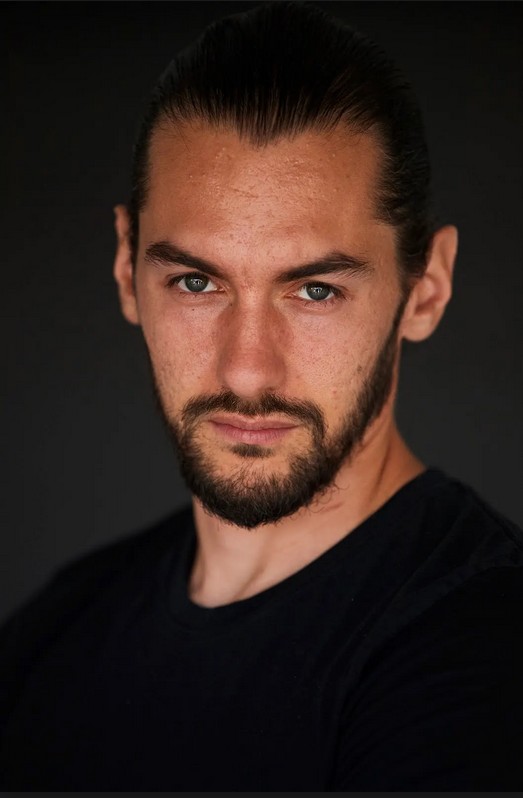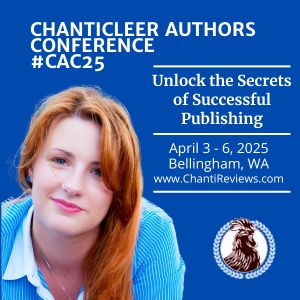|
Listen to or download this article:
|

Tweets, Character Limits, & Hashtags, oh my!

You will not look like this by the end of this artilce…probably
While everyone has questions about social media, one of the big ones for writers is often Twitter. Founded in March of 2006, Twitter is now one of the go-to places for hot takes, cold takes, pitching agents, and generally trying to go viral on just about anything.
Plus, what on earth is Elon Musk doing on there, and what’s our number one piece of advice for social media?
One of the first things agents and publishers will do while researching an author is check to see if they have any sort of social media presence. Author platform comes first in the majority of cases, rather than an author being discovered and then being set up with an incredible platform by people who believe in their book. And a digital presence is work.
So, how do you establish a following on Twitter?
Set yourself up for success
To begin with, you’ll want a profile picture and cover photo that fits with your author brand. Your author brand should be in line with the genre of your books. This means it puts your readers in mind of what you write when they visit your site. If you’re a Non-Fiction author who focuses on social justice and journalism, you want readers interested in social justice to think of you when they think about your genre.
Of course, we’re thinking of someone specific. Check out the homepage for Dr. Janice Ellis’s Twitter profile.

We’ve added some letters to the image to help us better understand and discuss what she’s doing here.
A. Ellis is a professional journalist with a PhD, and her picture reflects that level of expertise.
B. Here we have Dr. Ellis standing next to covers of her book. The background color we can see was drawn in part from the color of her Chanticleer Nellie Bly Grand Prize winner From Liberty to Magnolia. This helps tie the whole image together. She even includes a personal mission statement: “Experience and Knowledge Fuel the Mission to Promote the Good”
C. You can search everywhere for Janice S. Ellis, PhD, and find that her name is consistent across platforms.
D. This is her Twitter handle. You can see that it clearly links to her name that appears, which is good because you want to be as easy to find as possible.
E. Here Dr. Ellis has been clever by including a website where she is frequently published and a hashtag that attaches to what she’s known for. We’ll talk more about hashtags later on.
F. Here the key is that Dr. Ellis has included her own website. Having your own personal site independent from social media is always an important component of any author platform.
Sell yourself, not your book
While this might seem counter-intuitive, it makes sense when you realize people want to follow a human being, not an inanimate object. On Twitter, you can do the following things:
- Follow: Like many social media platforms, you should follow who you want to follow. Ideally, keep in mind your brand and author platform as you do this.
- Tweet: Regular posting at least once a day is ideal. Mix it up with pictures, videos, whatever strikes your fancy.
- Retweet: This reposts someone else’s Tweet to your timeline
- Quote Tweet: This reposts someone else’s Tweet to your timeline, and you can comment on it. This is a great way to start a conversation or answer a fun question
- Comment: This is simply commenting and responding to people who have either created their own post, responded to a post, or responded to your post.
- Direct Message (DM): This one should only be done with explicit permission. You can ask to DM someone, or they may say “DMs open” – otherwise you should always leave a public comment.

You have a lot of choices on how to handle Twitter
The big questions that come up here are how to interact with agents and publishers on Twitter. Follow the ones who you think might be interested in your work, but as mentioned above, don’t DM them unless you have permission to do so. Interact with them like a human being, and keep an eye out for when they’re open to submissions.
One thing agents and small presses talk about on Twitter is that they appreciate it when someone continues to submit to them. This is confirmed in Jane Friedman’s The Business of Being a Writer:
“‘Getting rejected by a magazine repeatedly and then, finally, getting work accepted is, actually, fairly normal. It’s a little frustrating for an editor,’ she said, ‘when a writer submits to us five times and then just stops, and we never get a chance to read the writer’s work again.'” (78)
Persistence pays off in more ways than one.
So When can I sell my Book?
Generally posting once a week about your book is plenty. During releases, or if you’re participating in Book Awards like the CIBAs or receiving a Review, then you can post more. Just make sure there’s a reason you’re posting about it beyond “buy my book!”
Hashtags and Pitch Wars

One thing to keep in mind anytime you read something (this included) about social media is that what you’re reading is already out of date. For example, while the idea of #PitchWars is still going, #PitMad, the original founding idea, appears to be defunct as of this year. What are these programs?
You can get a thorough rundown with hashtag suggestions for #PitchWars from The Writing Cooperative here, but the short version is they’re opportunities to promote your work on Twitter directly to agents who are interested in what you have to sell. Usually the rules are you post hashtags appropriate to the pitch day, and then you go and support your friends by Retweeting their posts. Be careful not to Like any posts, because that is an action reserved for Agents, and indicates they are open to being contacted about reviewing their work. If you do Like one of these Tweets by mistake, you’re likely to receive a polite DM asking you to Retweet instead, which isn’t a tragedy, but it can feel a little embarrassing to make a faux pas like that.
What about more commonly used hashtags outside of special events?
Well, the following are pretty common:
- #WritingCommunity
- #AmWriting
- #AmQuerying
- #WritersLift

Note: Physical lifting is uncommon in a #WritersLift
All of those can be used in fairly self-explanatory ways, except for #WritersLift. A #WritersLift comes with an invitation for authors to put links to their work on your post, and then there is the expectation that you will follow them on Twitter, and they will follow you back. Making a #WritersLift post can be a quick and easy way to boost your Twitter following and maybe make new friends!
Other hashtags that are genre specific can be used fairly easily, such as #Fantasy or #Journalism. If you have a hashtag based on your book such as #TFioS (The Fault in our Stars by John Green, pronounces “tif-ee-oh-s”) those are great to use, but always pair them with more popular hashtags.
Hazel Grace and Augustus Waters snuggling up in the movie “The Fault in Our Stars”
Another great time to use Hashtags is anytime your book wins an award or receives a review. Big milestones like that can make a huge difference when it comes to getting noticed, so if your book because a finalist in the CIBAs or receives a Chanticleer Book Review, tell your friends and followers all about it!
Note: Conferences and Writing Events often have a specific tag like #CAC and #CIBAs (for Chanticleer Authors Conference and Chanticleer Int’l Book Awards). Using those specific tags can be a great way to have the organization notice you.
Blocking
It’s always good to talk about blocking people on any social media platform. On Twitter, blocking someone is often an act of self-love. Rather than getting into a fight with a stranger on the internet, just click that block button and don’t worry about talking to them ever again. Your mental health isn’t worth trying to reach someone who just wants to be mean.
So what’s Elon Musk got to do with all of this?

Billionaire and would-be-Twitter-Owner Elon Musk
Recently it came out that Musk has invested enough to own 9.2% of Twitter. If you really want to dive into this, you can check out this article from CNET here, but these are the highlights. In addition to owning a substantial share of Twitter, Musk has now offered to buy the company. If Twitter says no, he could divest his stock and drive the price of Twitter down, harming the platform. If they say yes, he’s sure to transform the platform into something quite different from what it is now. Should we be worried?
Well, probably not.
There might be a bit of an upset, but it’s more likely things will continue as they have for Twitter, and Musk might just try to make his own social media website. However, this brings us back to the importance of having your own author website. Companies like Twitter and Meta (that’s Facebook and Instagram) are eventually going to go the way of MySpace, and then we’ll all have to collectively jump onto a new social network. If all our eggs are in the basket that ends up losing popularity or shutting down, then we lose our entire author platform at one go. So, keeping your website as a hub that tells people who you are, and directs folks to your social media makes your position much more stable.
Our best advice for social media?

This might seem obvious, but always be polite. Being rude on social media is a great way to get blocked. As we tell kids, the internet is forever. When a person explodes or swears at someone online, that sort of thing has a way of making it onto Watch Dog sites like Writer Beware, ALLi, or Absolute Write. These spaces can mean the difference between someone deciding to work with an author or not, which can have huge consequences when it comes to sales.
A few words from Kiffer.
Be kind. If you don’t have anything nice to say, don’t post anything at all.
And be sure not to hi-jack someone else’s post. This is just plain rude. IF someone tries to hi-jack your post, you can choose 1) not to respond – at all 2) delete the comment if it is egregious or 3) if someone is trying to sell their book on your social platform — well, that is just plain out tacky! If the person doing this persists (we all make blunders – and I would like to think most of the time unintentionally), then you may have to block that particular person. Facebook and Twitter do NOT notify the person that they have been blocked. You just won’t have to see their comments on your posts anymore. On Twitter, this is called “thread-jacking” — someone interjecting in a discussion in order to divert it in a different direction.
My advice for social media is Be kind. If you don’t have anything nice to say, don’t post anything at all.
What is posted on the internet is there forever and for everyone. – Kiffer
Post note: Keep in mind, that the publishing world is a small one.
Thank you for joining us for this Writer’s Toolbox Article, and good luck out there on the web!

Writer’s Toolbox
Writer Toolbox Helpful Links:
The Business of Being a Writer website
Your Guide to Twitter Pitch Events in 2022
Elon Musk Offers to Buy Twitter: Everything You Need to Know
The traditional publishing tool that indie authors can use to propel their writing careers to new levels? Read The Seven Must-Haves for Authors – Unlocking the Secrets of Successful Publishing Series by Kiffer Brown
Looking for more quality time with us?

VIRTUAL and IN-Person – June 23 – 26, 2022! Register Today!
FLEXIBLE REGISTRATIONS ARE AVAILABLE for these challenging times.
Seating is Limited. The esteemed WRITER Magazine (founded in 1887) has repeatedly recognized the Chanticleer Authors Conference as one of the best conferences to attend and participate in for North America.
Join us for our 10th annual conference and discover why!
Featuring: International Best Selling Authors: Cathy Ace along with A+ list film producer Scott Steindorff.









Leave A Comment